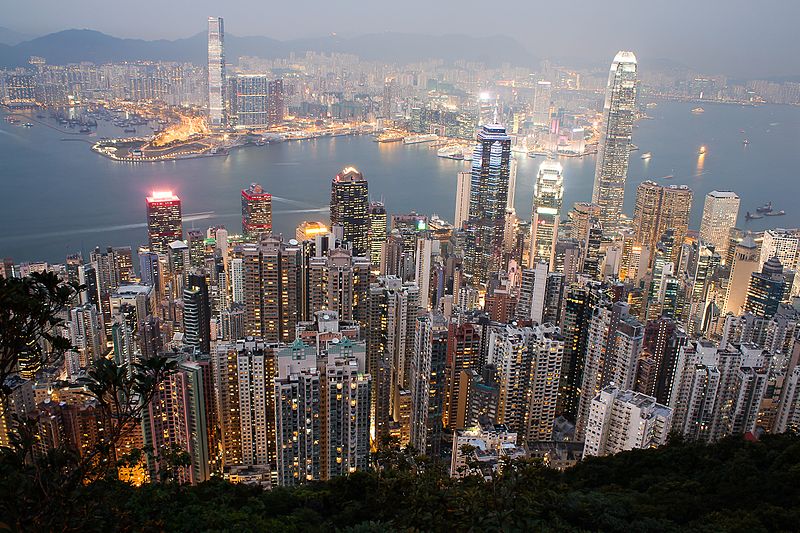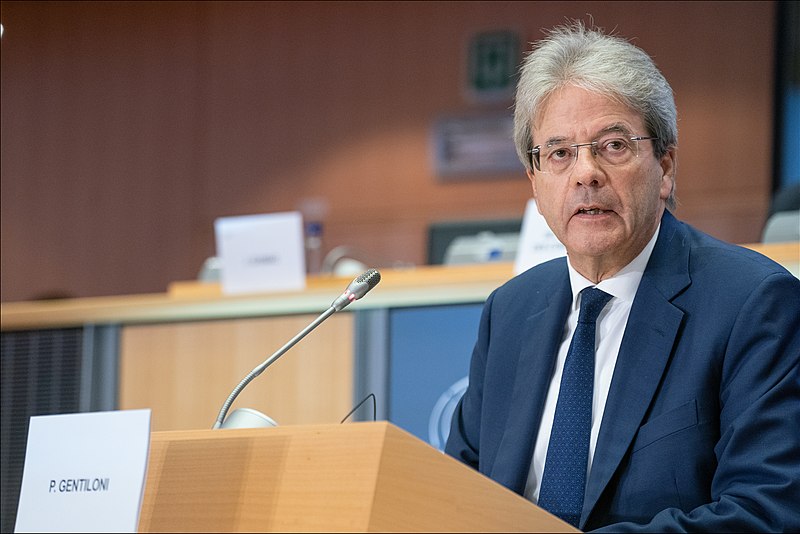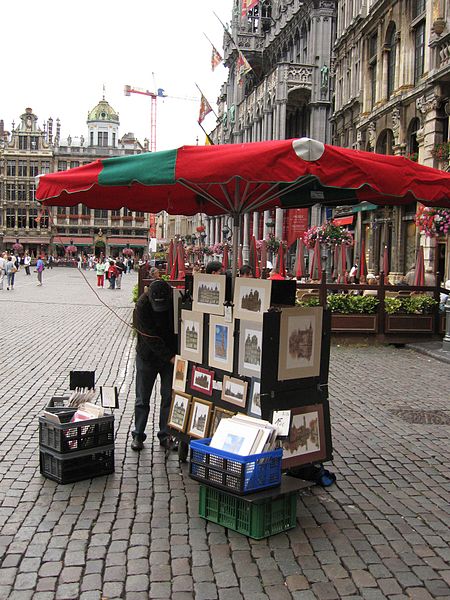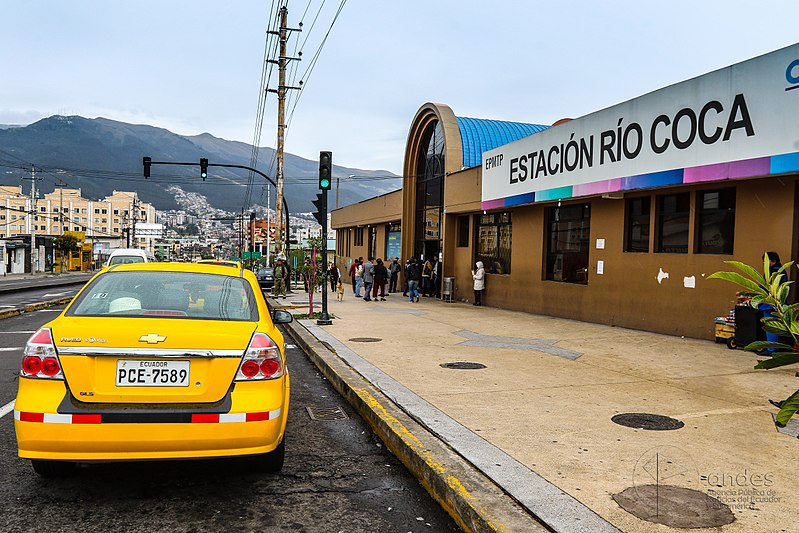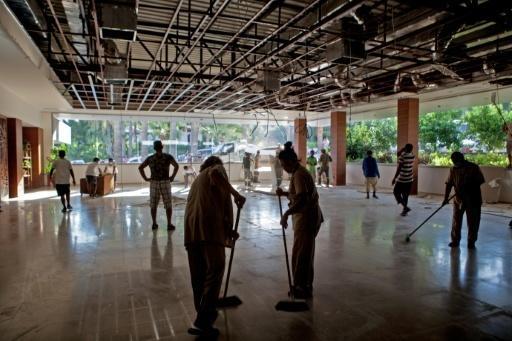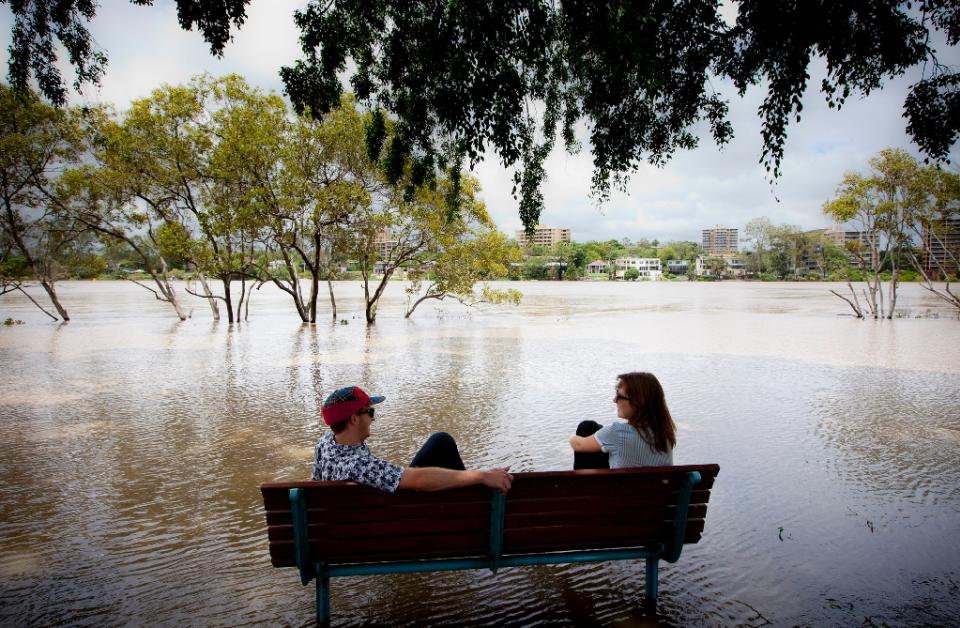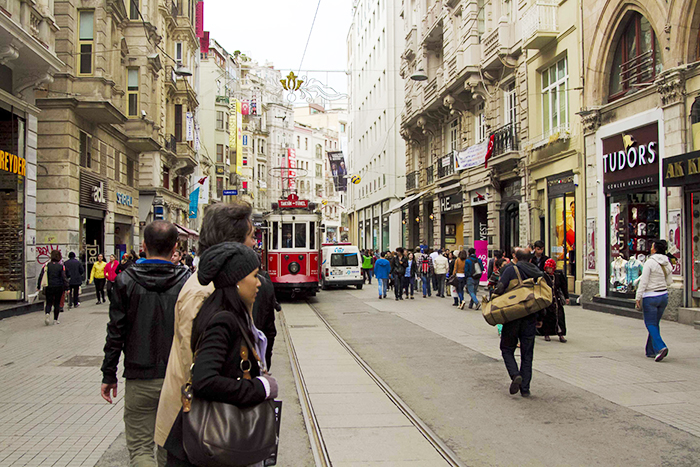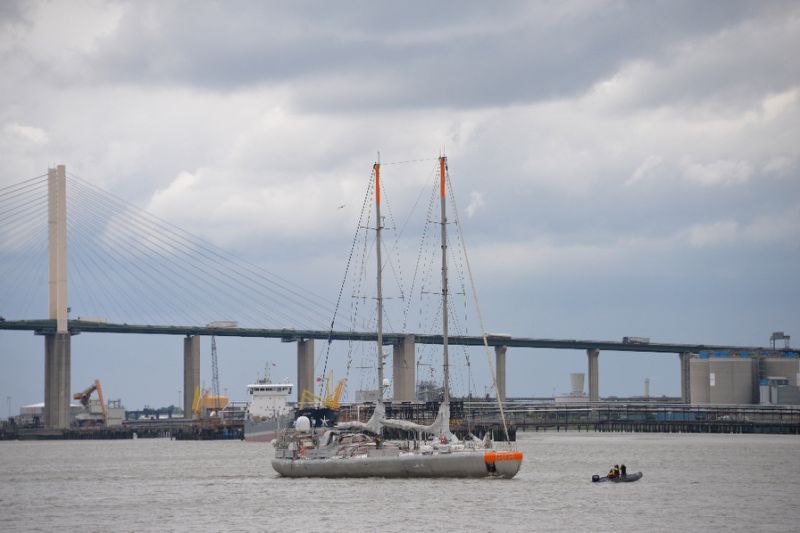
"Microbeads! A blue one -- and a pink one!". Armed with a pair of tweezers, Jean-Francois Ghiglione examines the samples fished from London's Thames river by
scientists in search of the source of microplastic pollution.
"We find completely different things to what we see in the oceans, for example very tiny microbeads from cosmetic products," says Ghiglione, head bent over a magnifying glass on the ship of the Tara Foundation, which is conducting the study.
From the Pacific to the Arctic Ocean, the scientific vessel has observed the omnipresence of microplastic particles, often no bigger than rice grains, in the seas of the world.
But this time, Tara decided to throw its nets across 10 of the 15 biggest European rivers, from the Thames to the Tiber, the Rhine to the Seine.
Around eight million tonnes of plastic end up in the world's oceans every year.
Scientists long believed that ocean microplastics came from larger fragments that were broken down over time by currents, bacteria and UV light.
But a growing body of research shows how the microscopic particles are already in rivers before they reach the high seas.
- 'Stop the leakage' -
The Tara mission aims to "understand where it comes from: the gutters, industry, our own everyday life," says Romain Trouble, director of the foundation.
"It's on our doorstep... the biggest problem with plastic in the sea is on land."
Trouble says he is convinced it is possible to "stop the leakage", starting with getting rid of "unnecessary packaging".
But to stem the flow more effectively, the exact origin of the pollution must be found.
For this reason, the Tara team will cast their nets of fine mesh across 10 rivers at sites of varying salinity, upstream and downstream of big cities.
A meticulous process in the ship's onboard laboratory sees each piece of plastic between 1-5 millimetres picked out with tweezers, cut in two and individually placed in thousands of different tubes.
Half of the tubes stored until November will be used to identify the types of plastic and trace it back to the original product.
The other half will allow the scientists to make a list of all the species inhabiting the "plastisphere", an artificial habitat, used as a "raft" by numerous aquatic microorganisms.
- 'Mussels swallow everything' -
Downstream from the Tara, other researchers are collecting spoons and straws left strewn on the river bank by the high tide, as biologist Leila Meistertsheim searches for crates of mussels she placed in the water a month earlier.
"The mussels are open mouths, they swallow everything, so the idea is to use them as bio-indicators," Meistertsheim says.
Dissected and frozen in liquid nitrogen, the mussels will then be freeze-dried to count the microplastic content in their tissue.
A third of the molluscs collected at one site were dead. Test results are yet to determine the cause, but the sites where they were placed were undoubtedly polluted.
"At low tide, there is a carpet of microplastics: toothbrushes, pens, straws, lollipop sticks and many objects unidentifiable with the naked eye," says Meistertsheim.
"The first time I went there, I was scared."
There's growing evidence to suggest microplastics can enter the human food chain. A recent WWF report claimed the average person could swallow up to five grams of plastic a week, equivalent to a credit card.
However, the danger of these plastics and their chemical additives for living creatures is still unknown.
So, "each piece of plastic will be analysed by its composition, its pollution, the species living on it and the effect it has on the organisms", says Ghiglione.
But the global conclusions of the 40 scientists and 12 associated laboratories will only be known in a few years, he adds.
Tara's ship has since made its way to Hamburg, where on the Elbe river, as on the Thames, it will be confronted with giant cargo traffic as it conducts its meticulous work.
"It's like trying to catch butterflies with a net on Place de la Concorde in Paris during rush hour," says captain Martin Hertau. afp
